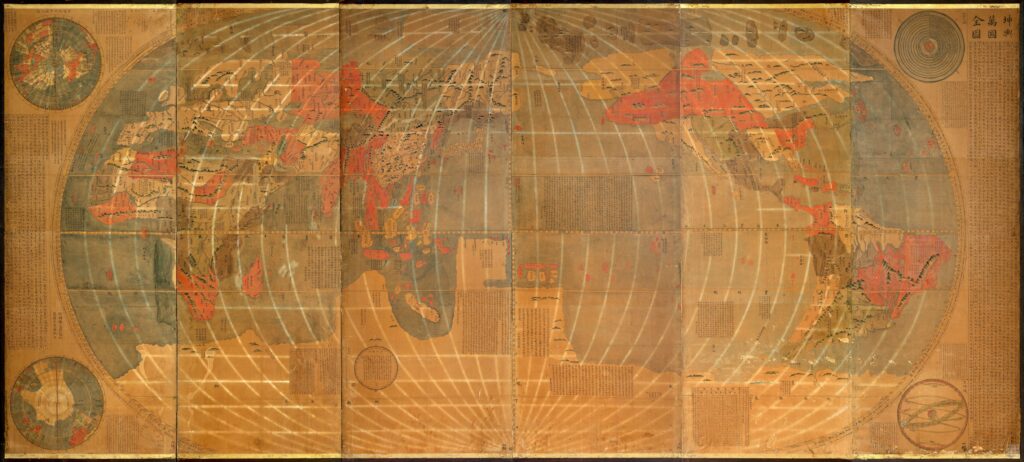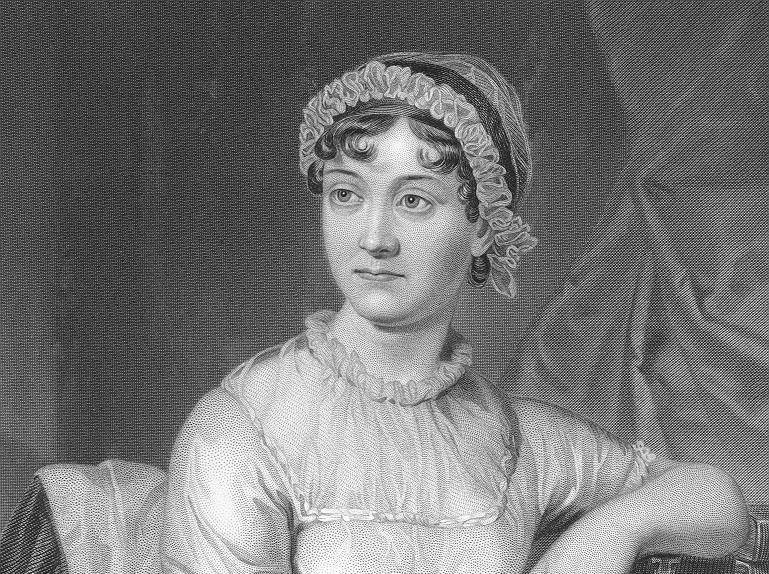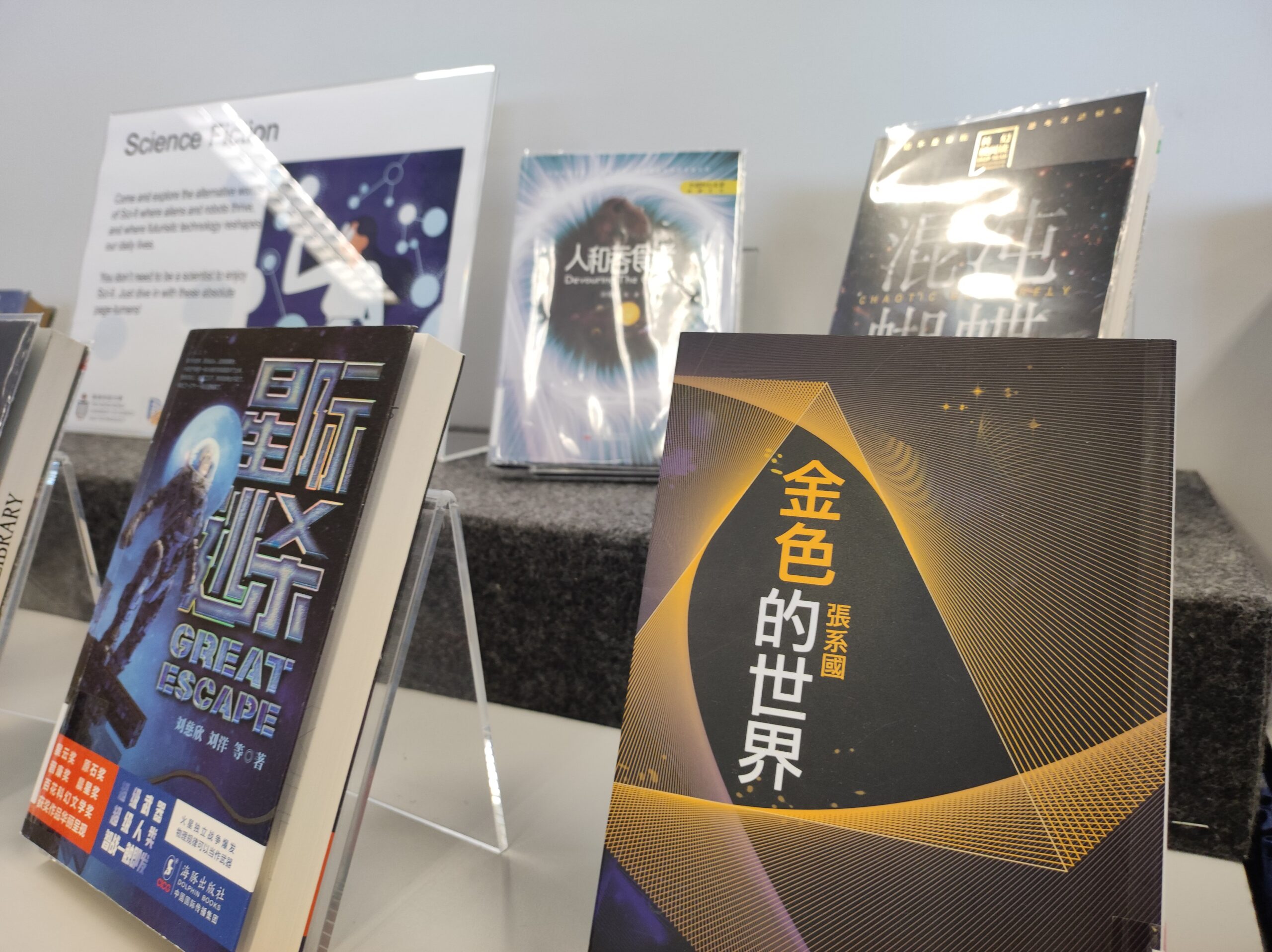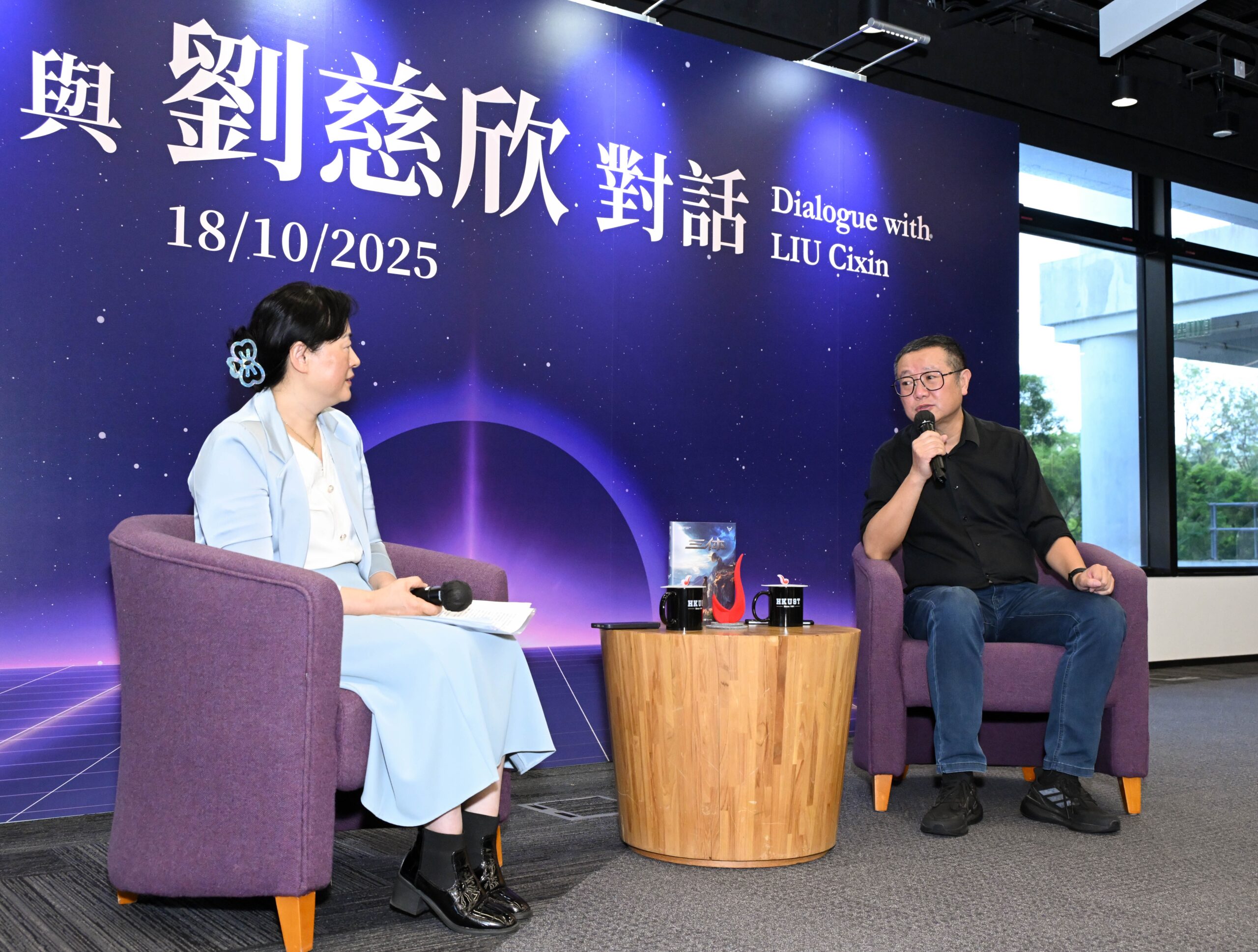
Did you know this is one of the most glamorous items in our Special Collections? Known as 坤輿萬國全圖, in elegant classical Chinese, literally meaning Map of the Ten Thousand Countries of the Earth, it also has a nickname in English – Ricci Map.
Why Ricci in English?
Why does this map, titled in Chinese, carry an Italian name in the English-speaking world?
It’s an attribution to the mapmaker, Matteo Ricci (1552-1610). He was an Italian missionary of the Society of Jesus and one of the first Jesuits to arrive in Ming China. At the imperial court of Emperor Wanli 萬曆, he served as an expert in astronomy, geography, and mathematics. His map is the first world map based on European cartography but positioned China at the center of the world.
However, Ricci did not create this map alone. He closely collaborated with Chinese scholars and artisans, including Li Zhizao 李之藻 (1565-1630), a scholar-official from Hangzhou. Li studied mathematics and geography with Ricci and later became a Catholic. They began working on the map project in the summer of 1601, and it was completed after a year.
Ricci Map at our Library
Amazingly, a manuscript copy of this invaluable map is housed in our HKUST Library! The first Ricci map was printed on six panels of Chinese paper in Beijing in 1602. There are only six surviving copies in the world; one is at the University of Minnesota Libraries. Ours is a manuscript crafted by a Japanese copyist in the 18th century, but still rare, precious, and historically valuable.
Recently, our Ricci map has been showcased in a digital story about the Behaim Globe, the oldest surviving globe in the world, by the Germanisches Nationalmuseum, where our Ricci map represents a view of the world from Asia.
So, now you know the Ricci map. Wait, you may still have a few questions. Matteo Ricci came to China more than four hundred years ago. How did he manage to travel without a direct flight to Beijing? How did he, a foreigner, enter the heart of the Chinese Empire, into the Forbidden Palace? Stay tuned and we will tell you in the next story “To Matteo Ricci of the Far West”.
Shirley Zhang
Librarian (Archives & Special Collections)
lbshirley@ust.hk
Views: 1301








